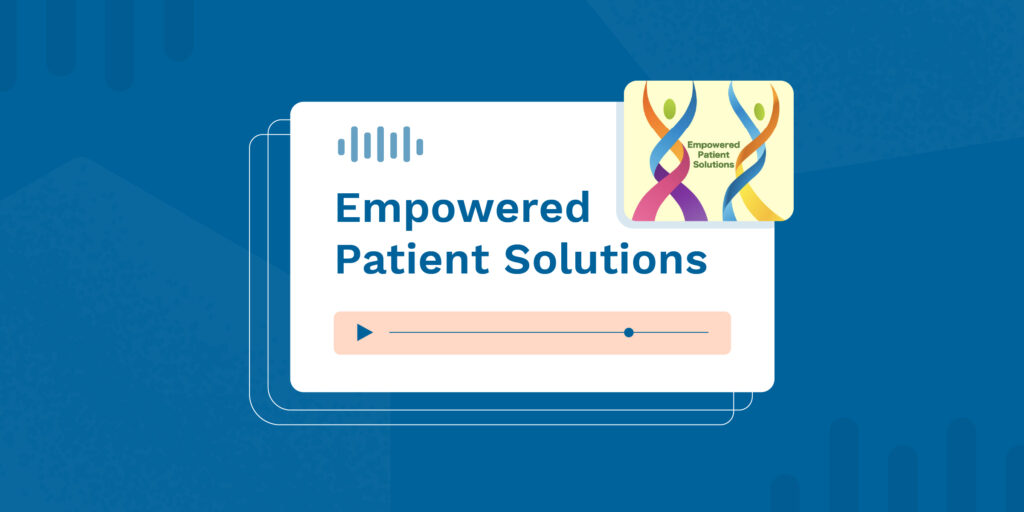Just two years after releasing the first major overhaul of the Current Procedural Technology (CPT) Evaluation and Management (E/M) codes and guidelines for office/outpatient services, the American Medical Association (AMA) has again unveiled new revisions set to go into effect on January 1, 2023. The revisions will expand the 2021 changes, seeking to reduce the burden on an overworked healthcare system with concentrated “efforts to reduce administrative tasks in medicine.”
According to the AMA, the E/M code revisions are meant to align with the Centers for Medicare and Medicaid Services (CMS) E/M changes for 2023, and include 393 editorial changes with 224 new codes, 75 deletions, and 93 revisions.
What is the Difference Between CPT Codes and ICD Billing Codes?
Coding systems serve as languages for the precise documentation of patient care and services. They’re a sort of universal shorthand that allows providers and insurance companies to communicate efficiently and effectively. Insurance companies can review the information captured through medical codes to determine if the patient’s policy provides coverage. This information is also used to evaluate quality of care and monitor public health.
Created and maintained by AMA starting in 1966, CPT codes capture information regarding the treatment received by a patient. Essentially, they are the “what” of the care equation. Meanwhile, ICD codes—or International Statistical Classification of Diseases and Related Health Problems—refer to the problem or illness the treatment is attempting to resolve. Maintained by the World Health Organization (WHO), these codes answer the “why” question of the care equation. The 11th edition of the code set, ICD-11, went into effect globally in January 2022, however it will be several years before countries like the United States will fully adopt the edition.
5 Key Highlights from the AMA’s 2023 Update to the CPT E/M Code Set
With nearly 400 editorial changes to the CPT E/M code set, there is plenty to digest in the 2023 update. We’ve captured five key takeaways to help providers prepare for the changes:
1. The level of E/M services can be based on one of two criteria: the level of the Medical Decision Making (MDM) as defined for each service OR the total time for the E/M service performed on the date of the encounter. The time spent by the provider now includes both face-to-face and non-face-to-face time. These changes replace the 1995/1997 E/M documentation guidelines.
2. Hospital Observation Services E/M codes have been deleted, while Inpatient Hospital Services E/M codes now include Observation Care Services.
3. Consultations are defined as E/M services provided at the request of a qualified healthcare professional. Changes in this area include editorial revisions to code descriptors and the deletion of the “transfer of care” guideline. Domiciliary and rest homes are no longer options as settings for home care. Lowest level office (99241) and inpatient (99251) consultation codes have been removed to further align the code set with the four levels of MDM.
4. AMA and CMS differ regarding billable units of time. Under CMS code, a billable unit of time is not considered to have been attained when the midpoint has been passed.
5. AMA and CMS differ regarding billable units of time. Under CMS code, a billable unit of time is not considered to have been attained when the midpoint has been passed.
How Will the 2023 CPT E/M Code Set Changes Affect Your Practice?
It’s critical that providers and clinical staff familiarize themselves with the 2023 code set changes prior to their implementation on January 1, 2023. The financial impact of denied claims can’t be overstated—practices face delayed or lost revenue, and can incur additional costs to rework claims if mistakes are made. Each claim costs approximately $118 to rework if they are reworked at all, as an astonishing 50 to 65% of denied claims are never reworked.
Denied claims cost an average of $118 to rework, with 50-65% never being reworked.
Coding accuracy is essential for ensuring quality of care and patient safety. It also helps to drive operational efficiency, alleviate unnecessary administrative burdens, and reduce staff turnover. Consistent medical billing errors and mistakes can lead to audits and investigations, so regular training on coding changes and best practices should be provided to your staff to ensure compliance.
Purpose-built, powerful software solutions can help prevent human errors and take the stress out of coding. RXNT’s lengthy partnership with Intelligent Medical Objects (IMO) has meant always-updated CPT and ICD codes directly within our integrated software system for many years. Use natural language keyword searches to find the right code(s) and enable simplified documentation within our Electronic Health Records (EHR) software, optimized reimbursements within our Medical Billing software, and more.





